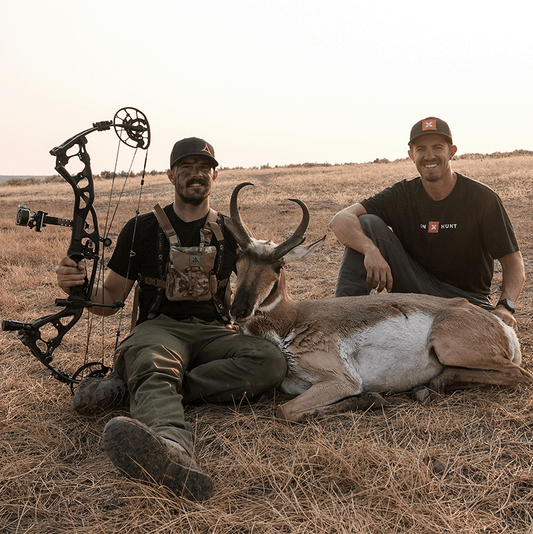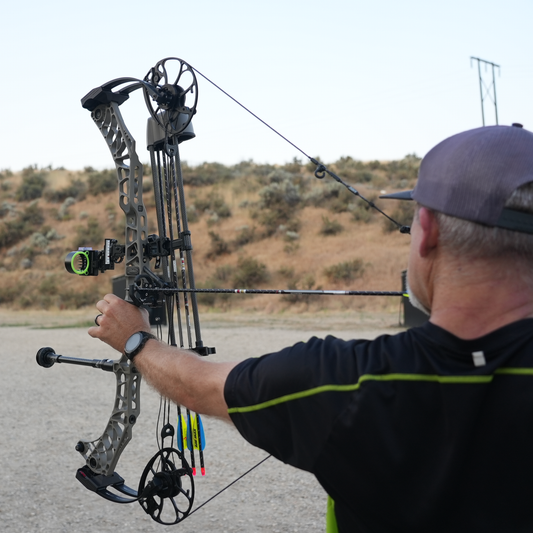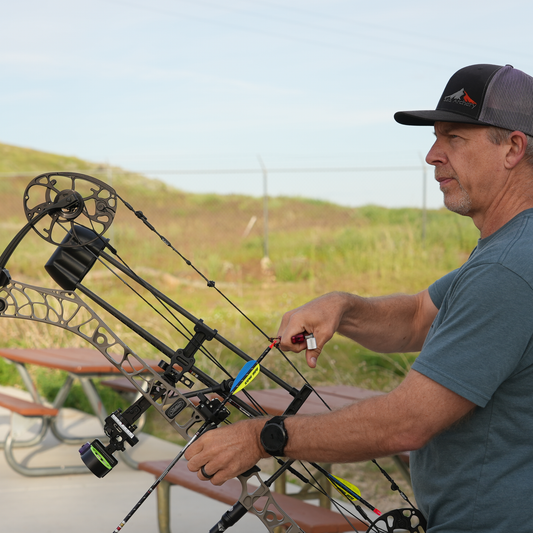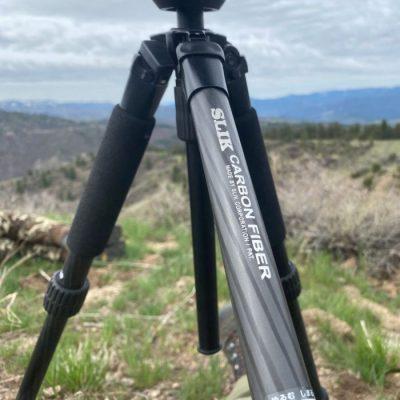Don’t make the same mistake: Poison Ivy
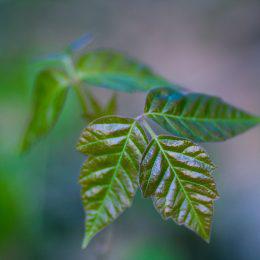
Spring Bear Itch
It's been a few days since I’ve returned from my spring bear hunt here in Idaho. Spring bear hunting has become one of my favorite hunts of the season. The calmness of the game, the spectacular views, and it being the first big game hunt of the season after winter, is refreshing in itself. There’s ample opportunity and plenty of areas to hunt. As each spring season comes and goes I look forward to the next year even more. There’s just something about the awakening of the forest and the animals that I really enjoy. My bear hunt this year had it all from heavy packs, hard earned miles, bears, shed antlers, mountain goats and one of the biggest mistakes I’ve ever made.
After relocating our camp on day 3, we found ourselves clearing brush, leveling the ground and setting up our shelters for the remainder of our hunt. Little did we know that our lack of knowledge of our surroundings would haunt us the rest of the trip. We had all been handling and removing Poison Ivy from our camp area.
We didn’t learn this until we bumped into an old time shed hunter that quickly pointed it out after we asked him about the rashes we had all obtained. Within seconds we could see that it was everywhere and it was the same plant that we had been clearing from our campsite.
Identifying Poison Ivy
Poison Ivy in full bloom

Poison Ivy early spring

Poison Ivy early spring

Poison ivy rash is caused by an allergic reaction to an oily resin called urushiol. This oily resin is very sticky and is nearly impossible to see. It can easily attach to your skin, clothing, and hunting gear. The oils can remain on items for over 1 year if not properly cleaned. So, re-transmission can occur if you don’t get the oils off.
The thought that it was around us never really crossed our minds because we had never been exposed to it. After 2 days it was clear that we had made a careless mistake and we would pay for it. At first we thought the heat, lack of cleaning, or the merino layers were just agitating our skin. By the 4th day we knew something was wrong. The random rashes became obvious spreading like a wildfire, and the itchy skin became unlike anything we had ever experienced. Puss began to form and our bodies started to swell.
We sorted through our medic kits and of course none had anything to help with the discomfort. We were forced to just live with extreme itch, skin tightness and open sores. What was supposed to be a relaxing, enjoyable hunt turned into hell. We had never experienced something so uncomfortable and our focus from the hunt shifted to just wanting to get off the mountain regardless of how much time was left.



Exposed.
The worst part was trying to sleep. For someone who is exerting their body's day in and day out, it is important to get good rest to recover. However, that lack of movement, the swelling, and the itch became unbearable. The best advice I can give is to know your poisonous weeds before you set foot in the mountains.
Make sure you have some kind of anti-itch creams, and carry some kind of numbing ointment like lidocaine with you. Also have some kind of soap with you. Some simple knowledge prior to your hunt will go a long way and you won’t make the mistake we did. If you have been in contact with Poison Ivy, wash areas affected right away to help the spread of the oils that the plant transfers.
Symptoms can last from 1-3 weeks if not caught early. Some cases might need medical attention if they are extreme and can even get into your bloodstream. If it spreads to your mouth you may also experience a shortness in breath from the inflammation. Remember to wash down all your equipment as the oils can remain there for over a year.
By Justin Nelson

